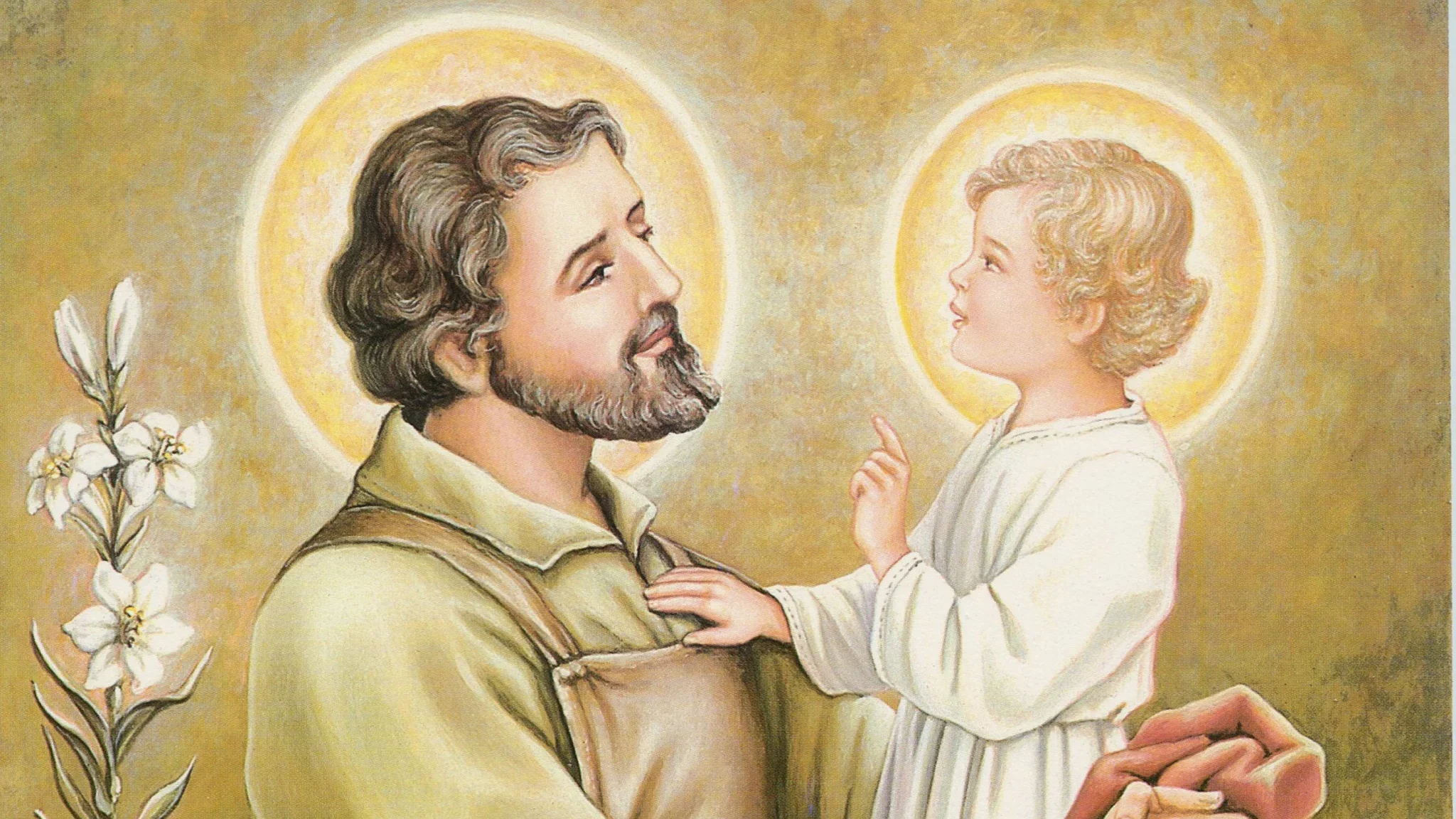This article was originally published in the Catholic Rural Life Magazine Winter 2018 and written by Martina Saltamacchia, PhD.
In the Middle Ages, one building above all others expressed the nature of man in relationship to the infinite: the cathedral. As the eleventh-century French monk and chronicler Rodulfus Glaber recorded:
As the third year after the millennium approached, throughout the whole world, but most especially in Italy and France, men began to build new churches. It was as if the whole world awakened, and cast aside its past, clothing itself in a white mantle of churches.
In Italy, one of the last medieval cathedrals to be built was the Cathedral of Milan. On May 12, 1386, Archbishop Antonio da Saluzzo announced that, “the faithful with unanimous heart intended to build their own cathedral from the ground up,” in place of the old Church of Santa Maria Maggiore, by then in ruins. To provide for the high costs of construction, he exhorted the Milanese, “in the name of the Lord to give more alms to bring to completion this pious work.”
The Milanese hailed the invitation with enthusiasm. Among the first who assured support for the construction was the Lord of Milan, Gian Galeazzo Visconti. In 1387, he granted mining of the Candoglia quarries and permission to transport the marble duty-free. With him, the entire city of Milan took part in the fundraising enterprise. “Without distinction of class, everyone hastened to bring their own donations for the great enterprise, with material offerings of money or in kind,” declaim the Annals of the Fabbrica del Duomo.
Everything contributed to the immense construction: not only the wealthy magnates’ and noblewomen’s great offerings, but also the manual labor of grocers, doctors and bakers (who would take a day off to go and work pro bono excavating the foundation), and the thousands of small coins and goods brought by those who perhaps did not have cash available—from a button to a piece of cheese, from a horse to a dress. What emerges from a detailed analysis of the Registers of Donations is that the hundreds upon hundreds of small gifts of minimal value represented by far the greater part of the total donations collected for the cathedral’s construction.
Who were these people? The Registers of Oblations meticulously keep track, day by day, of all the offerings brought to the Fabbrica of the Cathedral of Milan from the beginning of the works in 1386 on. They recorded, together with details regarding the gift, information about the donor’s name, birthplace, occupation and the reason for its donation, if this was communicated to the official receiving the donation. Out of these snippets of records, as well as from the chronicle of the most important events recorded year after year by the cathedral officials in the Annali, appears men and women who contributed with the most diverse gifts to the new cathedral’s construction.
The captain of the army of the Sforza, the Lord of Milan, decided to decorate the altar of the Virgin in the center of the church at his own expense. In verses inscribed on a marmoreal tablet, he fixed the reason for his donation: the gratitude for the great favors he received from her:
Sacred Virgin, Spring of Piety
We all pray to you devoutly (…)
Alessio Della Tarchetta from Albania
Captian of the Sforza Court
Commissioned the work
In the year 1480
On the fourteenth day of the month of August
The more I think of the great favors
In fame, honors and offices
That you gave me, oh holy and pure virgin,
The more I am obligated to you.
And what were these “great favors” he refers to? One by one, the facts of his life, from his arrival from Albania at the Sforza court, to his great military honors. And for this, full of the confidence born on the certainty of this preference, he dares to ask the Virgin for “mercy for his sins and eternal joy.”
Almost a century before, the Milanese Marco Carelli, started a mercantile business with his cousins and uncles and amassed in a few decades an enormous fortune, becoming one of the wealthiest men of north Italy. On the Feast of the Assumption in 1392, he named in his will the Fabbrica of the Cathedral of Milan as the universal heir of his entire patrimony, estimated at more than 35,000 ducats. Shortly thereafter, the councilors, worried about the precarious economic situation of the construction project, daringly went to ask the merchant for a small advance. After pondering the bold request for a few months, Marco appeared in front of the astonished councilors announcing his decision to donate immediately to them everything he owned. And it was so, that the super wealthy merchant lived his last years penniless.
The conspicuous bequest had a profound affect on the construction works. But, in the eyes of the cathedral officials, every gift had an infinite value: as did the gift of Caterina di Abbiateguazzone, a poor woman who assisted the cathedral workers by scrubbing the stones and transporting bricks in a basket on her shoulders. One morning in November 1387, she brought her only shabby fur (that protected her from the cold) to the altar of donations. The next day, the miserable garment was auctioned on the public square, together with the other collected offerings. In that moment, a certain Manuel Zuponerio walked by, immediately recognized the fur and pushed forward to pay its redemption price, one lira. Then, he ran to the construction site and found Caterina, putting the fur back on her shoulders. That evening, when the officials gathered to summarize accounts for the day, they realized what had happened: that woman had donated everything she possessed. Deeply moved, they gifted her with three golden florins to go on a pilgrimage to Rome, as she so ardently desired.
In the struggle of everyday life, medieval men and women sacrificed the little or the much that they had to erect this majestic church and be part of such an extraordinary enterprise–people who lived in hovels and yet built cathedrals.







